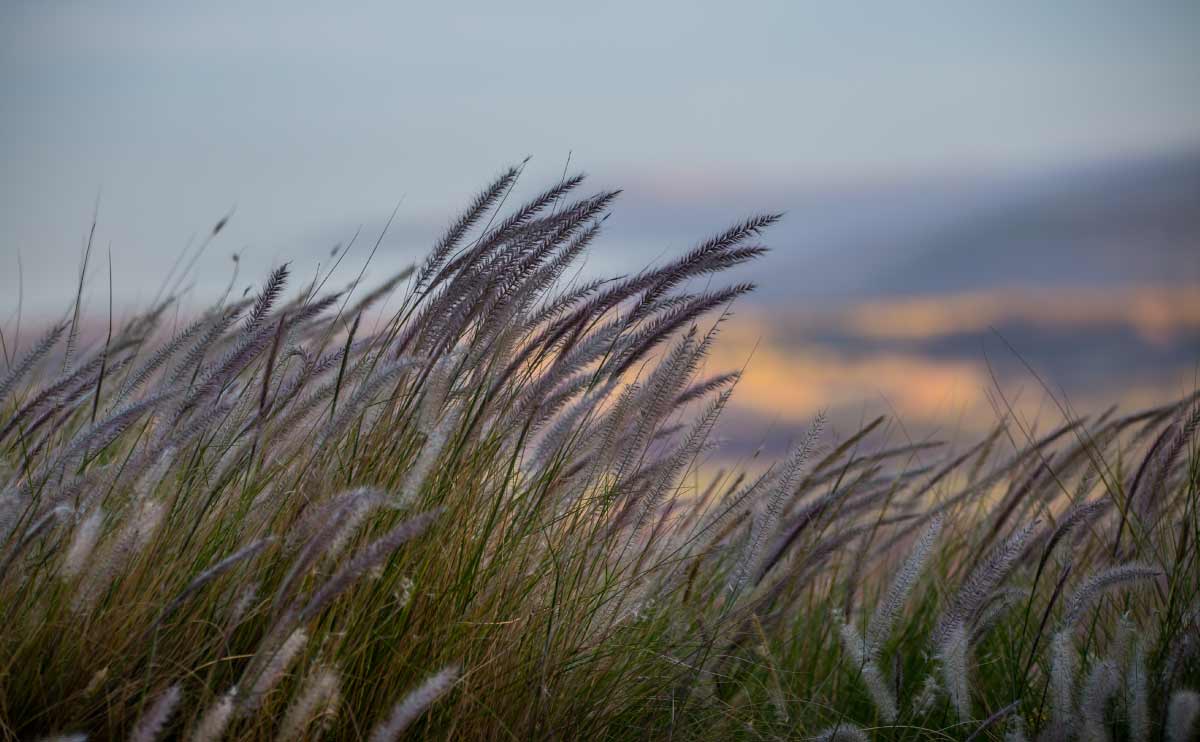Everybody wins with renewable energy
Renewable energy sources, such as wind power, offer numerous benefits to the environment, economy, and Estonian society. Most importantly wind power is environmentally friendly domestic energy production. But it also generates jobs and income for communities and therefore benefits the local people. The advantages and drawbacks of wind power spark discussion, and we want to be part of the conversation, helping to better understand the significance of wind power.
- What advantages does wind energy prodivde to the environment and society?
- How are the local environment impacts taken into account?
- Is wind power production viable?
- How do residents benefit from a wind park?
- Do wind turbines generate noise?
- Can people do outdoor activities, pick berries or hunt in the area?
- Can ice fall from a wind turbine during winter?
- What happens when the lifecycle of a wind turbine comes to an end?
1. What advantages does wind energy provide to the environment and society?
Renewable energy sources, including wind power, provide numerous advantages to the environment, economy, and society. Wind power contributes to emission reduction, reduces reliance on fossil fuels for energy production and is a cost-effective way of generating electricity. The European Union aims for carbon neutrality in energy production by 2050. The demand for electricity produced from renewable sources is growing fast and wind power emerges as an efficient source of renewable energy. Why is wind power economically so attractive? The answer is simple: wind is free and inexhaustible. After the initial investments, the operational costs of wind power mainly involve maintenance and upkeep. Local and domestic energy production also strengthens energy self-sufficiency, reducing the need for energy imported from abroad.
2. How are the local environmental impacts taken into account?
Wind power is a carbon-neutral way of generating energy, though its construction produces emissions, much like any other construction process. The local impact on the landscape and nature vary and depend on the factors like the size of the project. All projects are planned individually and for example effects on local nature, sound, light and glare are taken under consideration during the planning process. Wind power parks are constructed with careful planning, which always includes a thorough environmental impact evaluation. For example sound levels are strictly regulated and aviation lights on wind turbines are adjusted to minimize disturbance.

3. Is wind power production viable?
Wind power is a cost-effective method of energy production, and its profitability has even improved with advancements in turbine technology. The profitability of wind power depends on various factors, including weather conditions, peak wind periods, and the turbine's location. The majority of wind power is generated during cold winter months, as these months typically experience higher wind activity.
The operational costs are limited to maintenance and upkeep once the turbine is operational. An essential strength of wind power is its emission-free nature, aligning with the growing emphasis on renewable energy utilization.
4. How do residents benefit from a wind park?

Everybody is Estonia benefits from domestic renewable energy. But wind parks also contribute to the local municipality through property taxes. Tax revenues can be utilized to employ personnel in the municipality, such as healthcare professionals, and to construct facilities like schools. In addition, construction of wind turbines benefits the host municipality similarly to other investments in local industries, as it creates new jobs for the maintenance and operation of the wind park.
5. Do wind turbines generate noise?
Factors such as the size and type of the turbine, terrain shape, wind intensity and vegetation influence how intensely a wind turbine produces sound. Sound levels measured near wind turbines are generally lower than those near busy roads or streets. The sound produced by a turbine is strongest at hub height, but at ground level the sound level is significantly lower. Sound levels are regulated but even if permitted sound levels fall below set guidelines, individual experiences may vary. The sound modeling of wind power areas is a crucial part of successful project development.
6. Can people do outdoor activities, pick berries or hunt in the area?
After construction, the area remains open for normal activities, such as hunting, berry picking, or other outdoor pursuits. The space required for the actual turbines and their maintenance area is relatively small compared to the entire area, which remains mostly unchanged from before the construction. For offshore wind parks, boating and fishing activities are typically permitted, with the exception of bottom trawling, which poses a risk to cables.

7. Can ice fall from a wind turbine during winter?
During winter, ice or frost may accumulate on the blades of wind turbines. While it is possible for small pieces of ice to fall under specific conditions, the likelihood of posing a risk to individuals is extremely low. Sensors are installed in the blades to detect any imbalance caused by ice, and the turbine will automatically stop operating if ice begins to accumulate. Additionally, warning signs and lights are in place to advise people not to stay near the turbines during periods when there is a risk of ice.
8. What happens when the lifecycle of a wind turbine comes to an end?
A wind turbine can generate energy for approximately 30 years, but when its operational life concludes, it can be dismantled and recycled. The owner is responsible for decommissioning both the wind turbines and foundations, and the process must adhere to regulatory guidelines. The land lease agreement outlines the wind power company's responsibilities regarding decommissioning, thereby protecting the landowner from associated costs. After the turbine is dismantled, a new wind turbine can be installed, or the area can be landscaped to its natural form.
Do you want to discuss renewable energy solutions?
We listen and collaborate. Our team of experts are here to help you!

